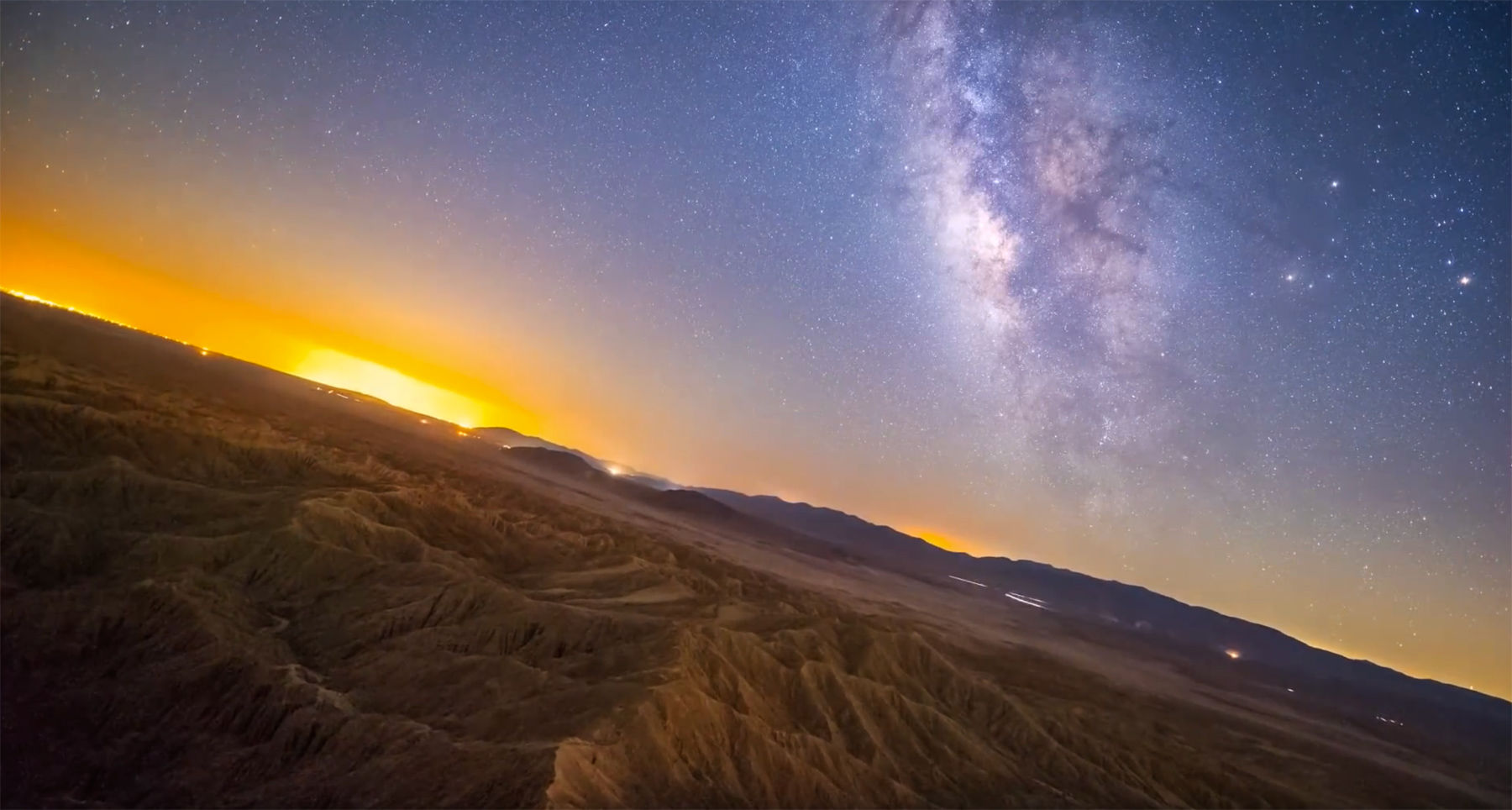Create a free profile to get unlimited access to exclusive videos, sweepstakes, and more!
Your world, unmoored

Right now, you are adhered to the surface of a ball of iron, rock, and water, thousands of kilometers wide, spinning on an axis and, along with many other balls of various sizes and compositions and rotation periods, circling around a much larger ball of fiercely hot plasma that is hurtling through interstellar space along with several hundred billion other balls of plasma.
And yet you feel motionless. Try as you might, with just your senses to guide you, what you experience tells you is that you are fixed, truly unmoving, and it is the Universe instead spinning around you.
There is some merit in that view; when you walk from one place to another the various complex clockwork machinations of the cosmos don’t come into play, and the Earth under you is as needfully firm as it feels.
But if you shift your focus, release the egocentric frame of reference that has bound you since birth, you will very suddenly be aware of a much larger framework, one in which these motions are incurred by you, and not the other way around.
Providing that change in perspective is not terribly hard. All you need to do is keep your gaze fixed not on the Earth, but on the sky.
Watch.
This video, taken by astrophotographer Eric Brummel, is both as stunning in its impact as it is in its simplicity.
In most time-lapse videos of the night sky, the camera is fixed relative to the Earth, to the horizon, and — as they do to our senses, should we take notice for long enough — the stars in the sky move seemingly inexorably from east to west. Instead, though, Brummel turned the frame around, keeping the camera fixed on a spot in the sky, and, moreover, rotating the camera to match the sky’s orientation. Thus, as it more truly would be from outside our planet, we see the Earth’s motion, the horizon rotating as the Earth spins.
How powerful and literally world-view shattering such a simple thing is. How often do you hear that the stars rise in the east and set in the west, when it is just as real — perhaps even more so — to say that it is the Earth’s surface sweeping from west to east, the western horizon rising up to meet the stars as they wait, unmoved and immovable to our eyes?
The sky seems ephemeral, with the stars disappearing at sunrise every day, while the Earth seeming anchored. But we know the opposite is more objectively true. It is the Earth spinning and whirling; the sky is, on human terms, eternal, and it is we who are dashing about.
I wonder how this illusion has affected our growth as a species, how this sensorial frame shift has aggrandized our dreams, putting us quite literally at the center of all things. And yet how simple a trick it is to see how this is false, that we are small beings in a vast firmament, so small that even on our tiny planet we are shrunk down into thinking it huge and motionless, inertial forces diminished to a scale we cannot directly sense.
If we, as humans, could on our own just feel how the Earth spins, revolves around the Sun, circles the galaxy, falls headlong toward the Virgo Cluster faster than any contrivance we have ever created… how would our history have differently unfolded?


























